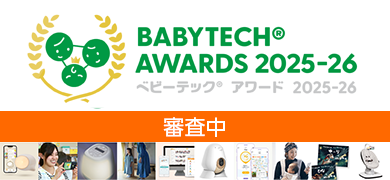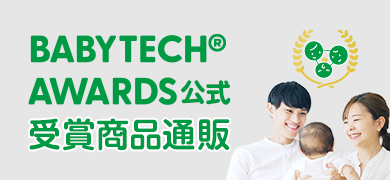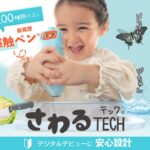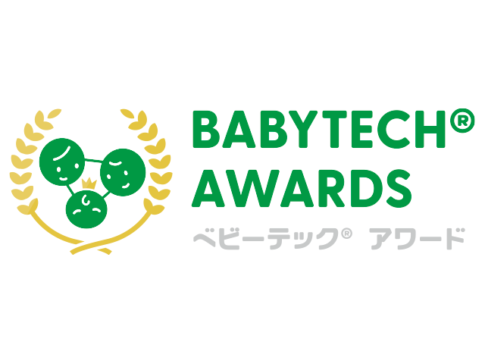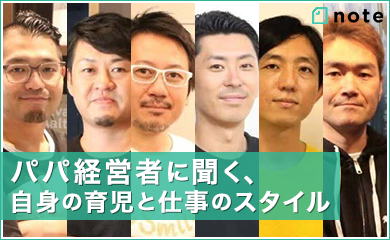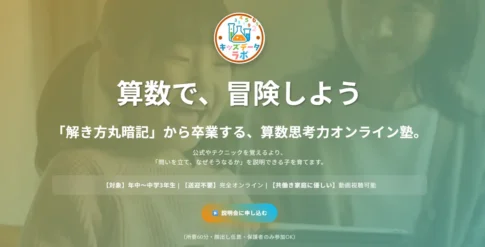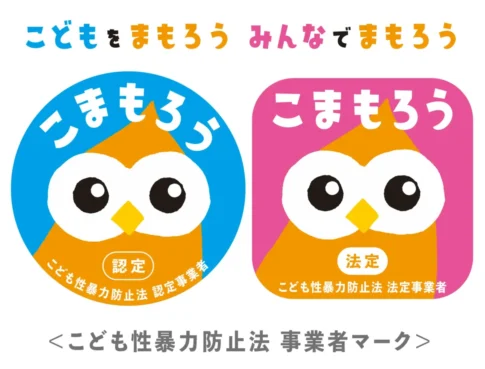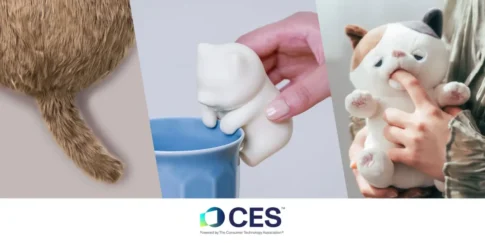Verified by a project by First Ascent and the Department of Pediatrics, Keio University School of Medicine
- The following is content from the press release -
(Location: Chuo-ku, Tokyo; President: Tomoyuki Hattori; hereinafter "First Ascent") and a research group led by Full-time Lecturer Munehiro Furuichi of the Department of Pediatrics, Faculty of Medicine, Keio University have analyzed data on 2,563 people and 5,690 vaccinations recorded in the smartphone childcare record application "Papatte Childcare @ Baby Notebook" from April 2014 〜The group analyzed data on 2,563 people and 5,690 vaccinations from April 2014 to November 2023 recorded in the smartphone childcare record application "Papatto Ikkoiku@Baby Notebook" to verify the occurrence of fever after vaccination. When the pneumococcal vaccine (Note 1) and the tetanus vaccine (Note 2) were administered simultaneously, fever of 38°C or higher was particularly high at approximately 17% and was concentrated on the day of or the day after vaccination. A trend toward higher fever frequency was also observed in 3- to 4-month-old infants, when vaccinated in summer, and in boys.
This study was conducted as part of the Keio Digital Pediatric Medicine Project (Note 3). Most infants are vaccinated with many vaccines at the same time, but there is limited data on actual changes in the physical condition of infants after simultaneous vaccination. Fever after vaccination is a normal physiological response that occurs during the process of activation of the immune system and production of antibodies in response to vaccines. The results of this study do not preclude concurrent vaccination or normal vaccine schedules in vaccination. Proper vaccination procedures are crucial to preventing a wide range of diseases. It is important to vaccinate with a proper understanding of the characteristics of what happens after vaccination and to take appropriate care and precautions.
The results of this research will be published on July 29, 2025 in the International Journal ofVaccinePublished in Online Edition.

1. background and overview of the study
Because there are many vaccines that infants should receive, fever and other physical changes after vaccination are a concern for many parents, and sometimes this anxiety causes some to choose not to receive necessary vaccines. A proper understanding of the characteristics of what happens after vaccination can help reduce anxiety and respond appropriately.
Much of the post-vaccination adverse reaction data currently available are for special conditions caused by a single vaccination. However, most of the current vaccination schedule involves many vaccines at the same time. In this study, we used data entered into the childcare record application "Papattekoiku@Baby Notebook" in order to confirm the situation in the real world.
This smartphone application allows caregivers to record daily child-rearing activities, including sleep, feeding, elimination, body temperature, vaccinations, and other details. The Department of Pediatrics at Keio University is engaged in a project called the Keio Digital Pediatrics Project (KDiP: Keio Digital Pediatrics Project) to use the big data entered into this app to understand the various realities of children in modern Japan and to provide evidence-based childcare support and improve the quality of pediatric care. The project aims to improve the quality of evidence-based childcare support and pediatric care. In this study, we conducted a detailed analysis of when post-vaccination fever is most likely to occur based on the vaccination records of 5,690 vaccinations for 2,563 people entered between April 2014 and November 2023. Note that because there may be situations in which body temperature is entered only when a fever is present, the analysis was limited to those who recorded their body temperature daily during the 4 days prior to vaccination.
2. results and significance of the study and future development
When we examined the pre- and post-vaccination temperatures for each age group of months, we found that most infants had a fever of 38°C or higher the day after vaccination, and most of them had a fever that went down after the second day. The most frequent age of fever was 3 months (14.01 TP6T) and 4 months (11.61 TP6T) of age (Figure 1). This result is influenced by the different types of vaccinations given at different ages, but even after adjusting for this effect, the frequency of fever was found to be higher at 3 and 4 months of age than at 2 months of age. This may be related to the fact that the immune response is still immature at 2 months of age.
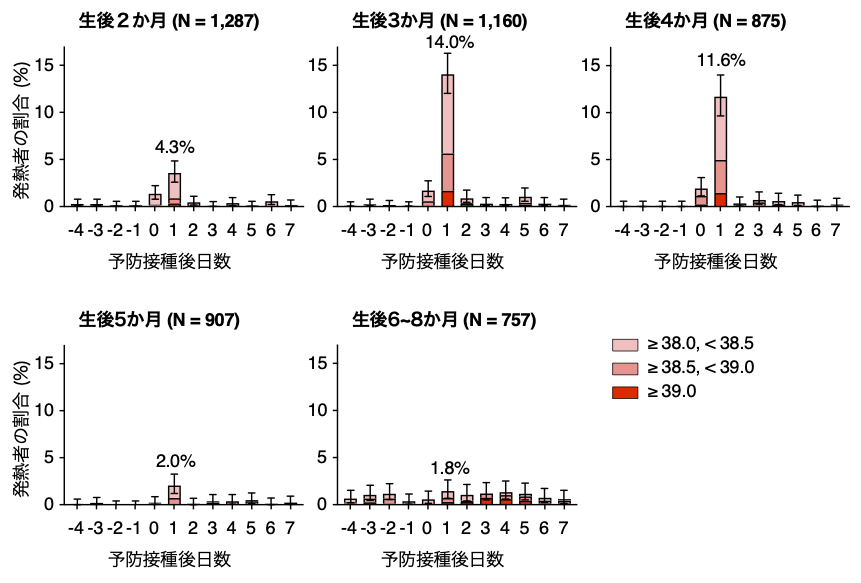
Percentage of persons with fever before and after vaccination by age of month is shown (not limited to vaccine type, but includes simultaneous vaccination). Fever after vaccination peaks on the day after vaccination, and the majority of infants of all ages break fever on the second day after vaccination. In addition, a large proportion of infants in the 3- and 4-month-old age group developed fever after vaccination.
Next, we focused on the types of vaccines administered and concurrent vaccinations. A comparison of the various vaccines given in infancy, either alone or in combination with concurrent vaccinations, showed that the proportion of infants who developed fever was exceptionally high when the pneumococcal vaccine and the quadruple vaccine were given simultaneously, at 16.81 TP6T of the total (Figure 2). In addition, the frequency of fever was higher when the vaccine was administered in the summer than in the winter. In terms of gender, boys tended to be slightly more prone to fever, but the difference was slight.
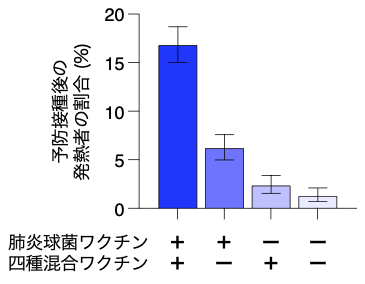
Percentage of persons with fever after vaccination, with or without pneumococcal vaccine and tetanus vaccine included. Includes cases in which other vaccines are administered at the same time. Concurrent vaccination with pneumococcal and tetralogy of Fallopian tubes vaccine causes the highest frequency of fever.
However, the majority of infants and toddlers who develop a fever after receiving vaccines at the same time will have a fever that resolves within one day. Fever after vaccination is a normal physiological reaction that occurs during the process of activation of the immune system and production of antibodies in response to the vaccine. There is no need to avoid simultaneous vaccination or to shift the recommended schedule; rather, smooth simultaneous vaccination is important to complete the necessary vaccinations within a limited schedule. Currently, the pneumococcal vaccine has been replaced by a 20-valent (20 different pneumococcal components) pneumococcal vaccine, and a pentavalent vaccine with an additional Hib vaccine is used in place of the quadruple vaccine. In addition, the quadruple vaccine could not be used until the child was 3 months old (currently 2 months old) until FY2023. Thus, since the type of formulation and the timing of vaccination are slightly different now, the results of this study cannot be applied as is, but a similar trend can be inferred. Based on the results of this study, it is important for parents not to be overly concerned about the effects of vaccination, but to proceed with vaccination based on calm judgment by knowing the circumstances under which fever is likely to occur.
3. special notes
This research was supported by a 2023 Sociological Research Grant for Children from the Foundation for Children's Medical Research.
Papers
Title: Post-vaccination fever in infants: Real-world data analysis using a childcare mobile application
Title: Post-vaccination fever in infants: real-world data analysis using a childcare application
Author: Munehiro Furuichi, Yuuki Omoto, Takeshi Arimitsu, Takuma Onishi, Takahisa Kimizutani, Masanobu Shinjo, Tomoyuki Hattori, Kakushi Narumi
Publication Magazine:Vaccine
DOI: 10.1016/j.vaccine.2025.127551
glossary
(Note 1) Pneumococcal vaccine: A vaccine to prevent infections caused by Streptococcus pneumoniae. Since this vaccine was introduced, meningitis caused by Streptococcus pneumoniae has been drastically reduced. In this study, vaccines covering 13 serotypes among Streptococcus pneumoniae were used, but they are being updated to vaccines covering 15 or 20 serotypes starting in 2024. Children receive three doses in infancy and another additional dose after the age of one year.
(Note 2) Quadruple vaccine: A vaccine to prevent infectious diseases caused by diphtheria, pertussis, tetanus, and polio; in April 2024, the vaccine was replaced by a quintet vaccine with the addition of influenza bacillus type b (Hib). The routine vaccination for children consists of three doses during infancy and one additional dose after the age of one year.
(Note 3) Keio Digital Pediatrics Project (KDiP): A joint research project between the Department of Pediatrics, Faculty of Medicine, Keio University, and First Ascent. KDiP utilizes big data such as data entered into "Papatte Ikkoiku@Akachan Techo" to analyze daily life data such as "growth," "development," "nutrition," "diet," "sleep," "excretion," and "body temperature," which have traditionally been studied separately, in an integrated manner, to accurately grasp the actual conditions of growth, development and lifestyle of modern Japanese children, and to visualize the data. and visualize the actual conditions of growth, development, and lifestyle of modern Japanese children. Based on this information, we aim to provide evidence-based childcare support and improve the quality of pediatric care.
Please contact the following address in advance of your visit.
For inquiries regarding this announcement, please contact
First Ascent Inc.
Representative Director: Tomoyuki Hattori
E-mail: info@first-ascent.jp
https://first-ascent.jp
Department of Pediatrics, Faculty of Medicine, Keio University
Munehiro Furuichi, Full-time Lecturer
TEL:03-5363-3816 FAX:03-5379-1978
http://pedia.med.keio.ac.jp/wp/
First Ascent Inc.

Company name: First Ascent Co.
Representative: Tomoyuki Hattori, Representative Director
Established: October 2012
Location: 2F Sagami Building, 7-13-6 Ginza, Chuo-ku, Tokyo
Business: Technology-based childcare support
Corporate:https://first-ascent.jp
Papa's Childcare:https://papaikuji.info
ainenne:https://ainenne.com

